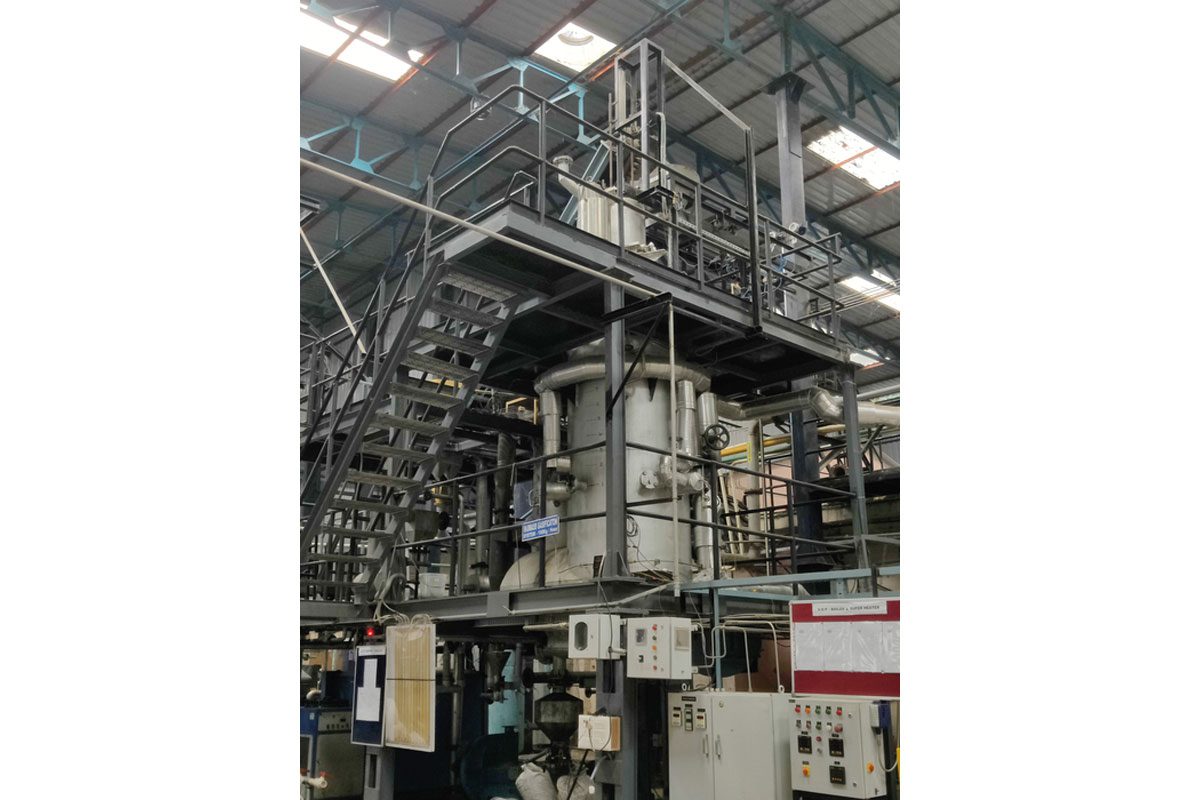
A technology to produce green hydrogen from biomass has been developed by a team of researchers from the Indian Institute of Science (IISc).
The process consists of two steps. In the first, biomass is converted into syngas – a hydrogen-rich fuel gas mixture – in a novel reactor using oxygen and steam. In the second step, pure hydrogen is generated from syngas using a low-pressure gas separation unit, developed by the group.
Both technologies seemingly ensure that this process is a highly efficient method of generating green hydrogen – it produces 100 g of hydrogen from 1 kg of biomass even though only 60 g of hydrogen are present in 1 kg of biomass. This is because in this process, steam, which also contains hydrogen, participates in both homogeneous and heterogeneous reactions (in homogeneous reactions, reactants are in a single phase whereas in heterogeneous reactions, the reactants are in two or more phases). It is also said to be carbon negative, since two carbon-based by-products are solid carbon, which serves as a carbon sink, and carbon dioxide, which can be used in other value-added products.






